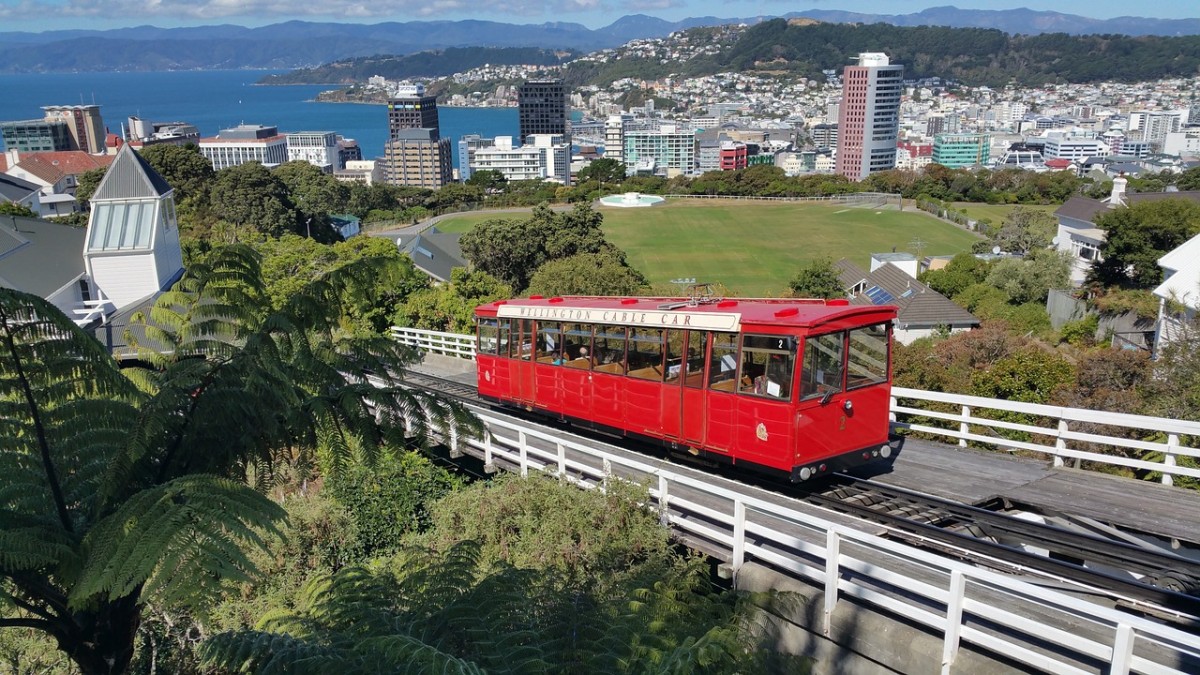New Zealand is tightening its visa rules for migrants.
This is happening while the coalition government works to change the immigration laws, claiming that current levels of migration are “unsustainable.”
According to Immigration minister Erica Stanford, the changes will mean that the country is “better testing the local labour market and reducing the risks of putting New Zealanders out of work.”
Let’s take a closer look.
Tightening visa rules
Immigration minister Erica Stanford announced changes to the accredited employer-worker visa (AEWV), the main temporary work visa, which was introduced in mid-2022 to help fill workforce shortages after the COVID-19 pandemic.
The changes include measures such as introducing English language requirements for low-skilled jobs and setting a minimum skills and work experience threshold for most employer work visas. The maximum continuous stay for most low skilled roles will also be reduced to three years from five years, according to Reuters.
The changes would be immediate, she said.
“The government is focused on attracting and retaining the highly skilled migrants such as secondary teachers, where there is a skill shortage. At the same time, we need to ensure that New Zealanders are put to the front of the line for jobs where there are no skills shortages.”
Before offering a job to a migrant, employers must confirm that the candidate satisfies these conditions and must disclose that no other “suitable and available New Zealander” has applied for the position.
Impact Shorts
More ShortsAccording to New Zealand’s Ministry of Business, Innovation and Employment, they must also state “why any New Zealanders who applied were not hired” and post the job advertisement for at least 21 days. It also stated that certain jobs in the care and transportation sectors will not need to meet these requirements, according to CNN.
Reducing vulnerability for migrants
Stanford says the modifications would lessen migrants’ vulnerability to exploitation.
The Public Service Commission published its review of the AEWV programme in February. Former Immigration Minister Andrew Little had initiated the programme in response to allegations of exploitation.
According to The Guardian, the committee discovered that a few “scrupulous employers” took advantage of the programme and collected money from those wishing to relocate to New Zealand.
Plans to add 11 additional roles, including fitters, turners, and welders, to the Green List — a list of highly skilled jobs that additional Zealand is having difficulty filling — were shelved by the government.
“By having an English-language requirement, migrants will be better able to understand their rights or raise concerns about an employer early,” she added.
“These changes are the start of a more comprehensive work programme to create a smarter immigration system that manages net migration, responds to our changing economic context, attracts top talent, revitalises international education, is self-funding and sustainable, and better manages risks.”
Growth in the immigration population
New Zealand currently has a population of about 5.1 million.
The country has seen a rapid growth in migrant numbers since the end of the pandemic. Last year, 173,000 non-Zealand citizens migrated to the country, raising concerns that it was fanning inflation.
A report on potential connections between migration levels and inflation, commissioned by the Reserve Bank, was published last month, but the results were mixed.
In the year that ended in March, the growth of the working-age population slowed down, suggesting that the number of foreign workers may have peaked, as per The Times of India.
A global problem
Neighbouring Australia, which has also seen a big increase in migration, has said it would halve its migrant intake over the next two years.
Switzerland is also gearing up for a crucial vote on measures aimed at curbing immigration to prevent the population from reaching 10 million before 2050. The country’s population stood at 8.82 million at the end of 2022, with foreigners constituting a significant quarter of the total populace.
The European Union is poised to make a decisive vote on Wednesday, 10 April regarding a comprehensive overhaul of its immigration policies, signalling a significant shift towards stricter entry procedures for asylum-seekers and a collective sharing of responsibility among member states.
The European Parliament is set to deliberate on a series of laws integral to the bloc’s migration and asylum pact, which stems from a proposal put forth by the European Commission in September 2020.
With inputs from Reuters
)